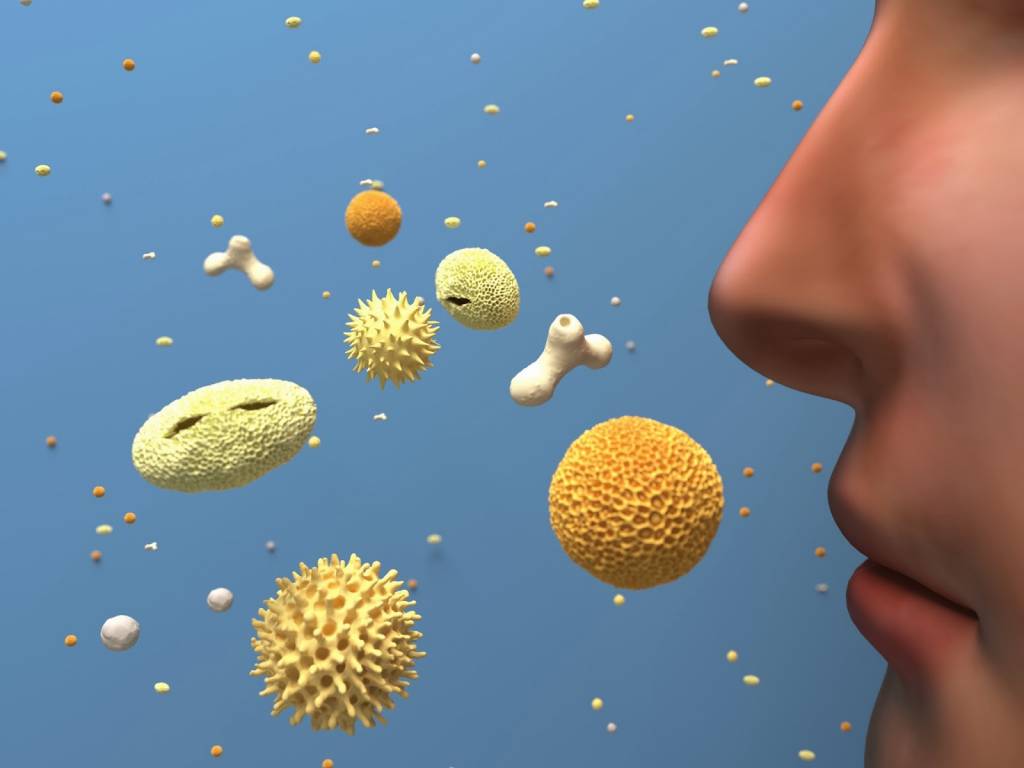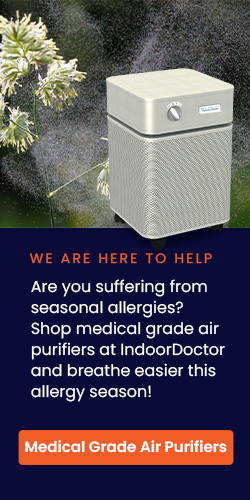Seasonal allergies and air quality in your home
Why you need to clean the air in your house during allergy season
Achoo! Watery, itchy eyes, a nose that won’t stop running, and miserable sneezes punctuating your every word. It’s allergy season! Seasonal allergies affect more than a quarter of all adults in the U.S. (more than 80 million people) every year. While they are usually not particularly dangerous, they can make life absolutely miserable. Even though this is colloquially called “hay fever,” it is neither a fever nor is it a problem that derives from hay. Instead, most seasonal allergies are caused by pollen from flowers, trees, and weeds, which tend to bloom from as early as January to as late as mid-autumn, depending on the region.
Technically known as “allergic rhinitis,” pollen allergies can cause itching in the eyes and nose, sneezing, a stuffy or runny nose, and excess mucus, making life very uncomfortable indeed.
While medications are available to treat allergic rhinitis, the best method to combat seasonal allergies is to cut off their source: the pollen that irritates the sinuses and causes the allergic reaction. The best way to do this is with a high-quality air filter like the FilterQueen Defender Air Purifier and by thoroughly cleaning home surfaces with a premium cleaner like the FilterQueen Majestic Surface Cleaner. By keeping the air quality in your home clean and pure, you can avoid the discomfort of seasonal allergies and enjoy your spring, summer, and fall in a way you may not have in a very long time. Read on to find out more.
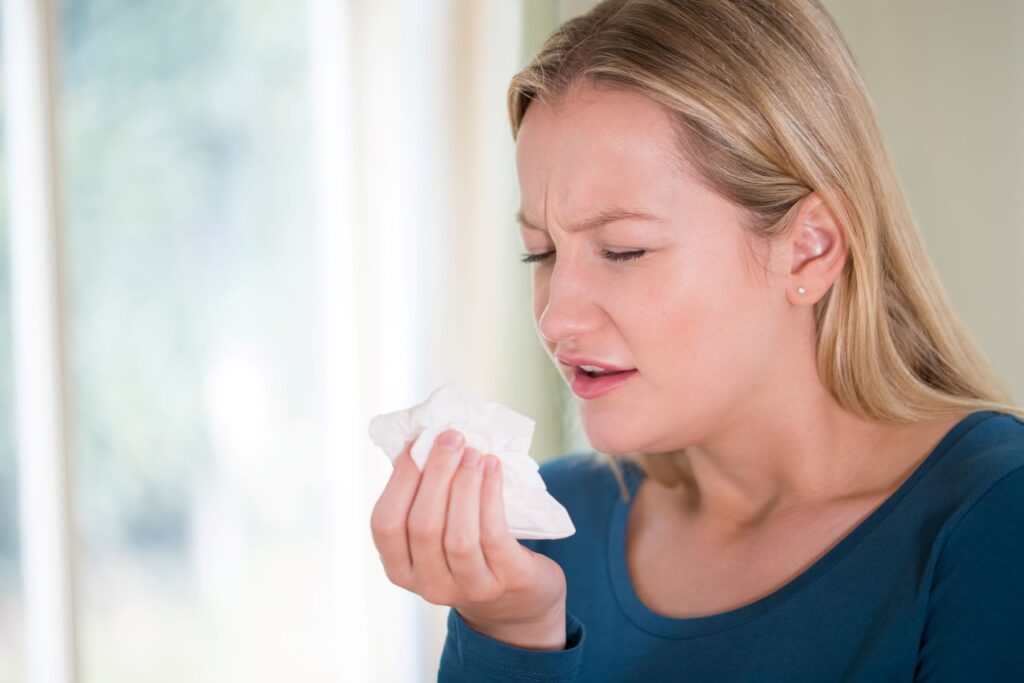
What causes seasonal allergies?
Seasonal allergies are caused by pollen, a very fine dust-like substance that blooms in trees, flowers, and weeds. Pollen is usually so small that it’s nearly invisible, so don’t bother keeping an eye out for it: it is in the air all around you at certain times of the year. While pollen helps plants reproduce and spread out throughout a region, it is also commonly mistaken by the body’s immune system for germs. The immune system produces chemicals to combat the supposed germs.
The problem? The side effect of those chemicals causes the itching, sneezing, and other unpleasant sensations commonly associated with allergies. The fact that your body is simply trying to protect you against getting sick is of little comfort to people suffering from pollen allergy symptoms. In fact, during the post-pandemic world, pollen allergies are often mistaken for Covid symptoms and the common cold, causing additional anxiety for allergy sufferers.
Why do only some people suffer from seasonal allergies?
About a quarter of Americans suffer from seasonal allergies. Who is this unlucky minority, and why do they suffer in the spring, summer, and fall when others don’t? While the answer to this question is not completely understood, a large portion of it lies in genetics. Seasonal allergies often run in families, meaning that if your biological parents or other immediate blood relatives suffer from pollen allergies, there is a good chance that you will as well.
Another factor associated with pollen allergies is asthma, a respiratory condition involving spasms in the lungs. Not only are asthma sufferers more likely to have seasonal allergies, but unfortunately, they may have more symptoms from them, too. Asthma sufferers with seasonal allergies may experience coughing, wheezing, shortness of breath, as well as other symptoms.
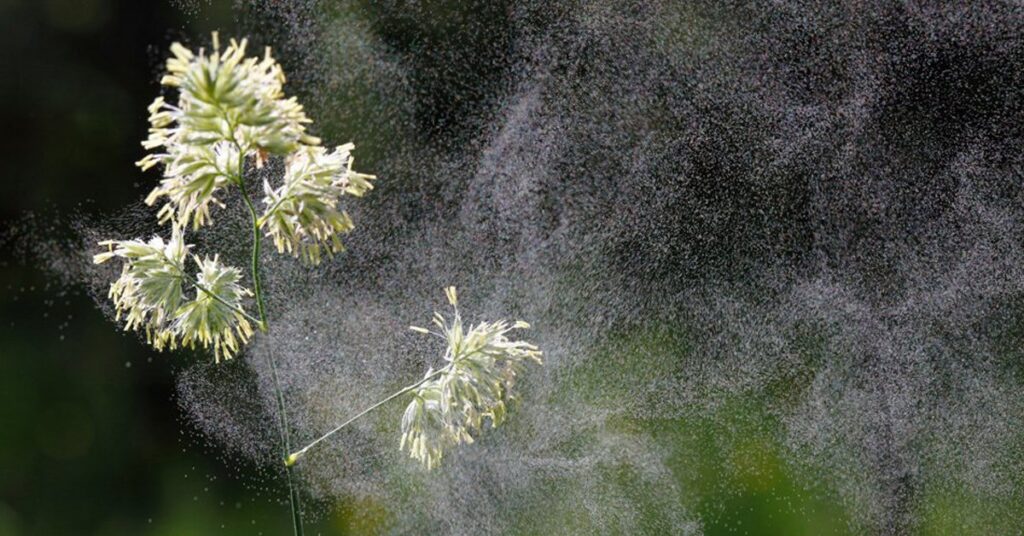
What are the symptoms of pollen allergies?
Pollen allergies usually cause one or more of the following symptoms:
- Itchy nose
- Itchy eyes
- Watery, red eyes
- Sneezing
- Runny nose
- Stuffy nose
- Swollen eyelids
- Itchy throat
- Swelling of the airways
- Difficulty breathing
If you are experiencing any of these symptoms, speak to your healthcare provider to rule out other causes and to talk about medication and lifestyle changes that can help alleviate pollen allergies.
When do allergies usually occur?
As the name implies, seasonal allergies usually occur during a specific season. Unfortunately,
different people are allergic to the pollen of different plants, so the timing of when seasonal allergies occur varies significantly based on the individual. Since different plants and trees grow in different regions, the timing of seasonal allergies also depends on location.
In general, seasonal allergies can occur from early January into mid-autumn. It’s unlikely that a single allergy will continue during this entire timeframe. Rather, different sources in different regions will cause allergies to peak at different times.
In general, tree pollen tends to cause the earliest allergic reactions, from early spring and into summer. Grass pollen follows, beginning in late spring and continuing into mid-summer. Finally, ragweed tends to be the most common cause of autumn allergies, beginning in August and continuing into the fall.
Knowing which type of pollen you are sensitive to can be a great first step in figuring out how to combat pesky seasonal allergies. Speak with a healthcare professional and consider seeing an allergist to determine if you suffer from seasonal allergies and, if so, what the best course of treatment might be.
How does pollen get into your home?
Pollen is lightweight and sometimes invisible to the naked eye. Part of its purpose in the plant world is to travel easily so that plants and trees can reproduce in disparate areas and spread easily throughout a region. This can make it a nightmare for allergy sufferers trying to keep it out of their homes.
Pollen is insidious and can sneak into your home in various ways. Pollen gets inside your hair and onto the fur of your pets as you enter your home from a beautiful springtime walk in the great outdoors; it flies in through open windows and is sucked in through cracks and crevices in your home due to small leaks in your heating and cooling ducts. It swirls down your chimney and in through your fireplace.
Having a subpar HVAC filter is a major cause of pollen in the home. Even good HVAC filters will catch large deposits of pollen that can wreak havoc on allergy sufferers.
Using a HEPA-certified air filter like the FilterQueen Defender Air Purifier is one of the best steps you can take to remove pollen from your home, along with using a premium surface cleaner like the FilterQueen Majestic Surface Cleaner. Pollen is tiny and insidious, and run-of- the-mill vacuum cleaners and air purifiers are not going to cut it. Investing in a HEPA-certified air filter and a surface cleaner that maintains airflow is paramount to combating allergies caused by pollen.
Why are ordinary home cleaning devices and air purifiers not sufficient during allergy season?
During allergy season, it’s no exaggeration to say that pollen gets everywhere. In your hair, on your pets’ fur, and eventually on your pillow, tables, and floor. It spreads throughout your house in the air. It can seem inescapable.
Most vacuum cleaners use flat filters and bags that have numerous holes in them, places where pollen can easily escape. That means that even as you are cleaning the dirt and pollen from your home, pollen is escaping through these holes and recirculating into the air.
Likewise, ordinary air filters stand little chance against pollen. It may surprise you to learn that pollen particles can differ greatly in size. Larger particles (greater than 30 microns) tend to fall to the ground, making them less of a threat for causing allergic reactions. Airborne pollen—which can range in size from 25 microns all the way down to 2.5 microns—swirls easily in the air, getting into your nostrils and eyes and causing the symptoms of an allergic reaction.
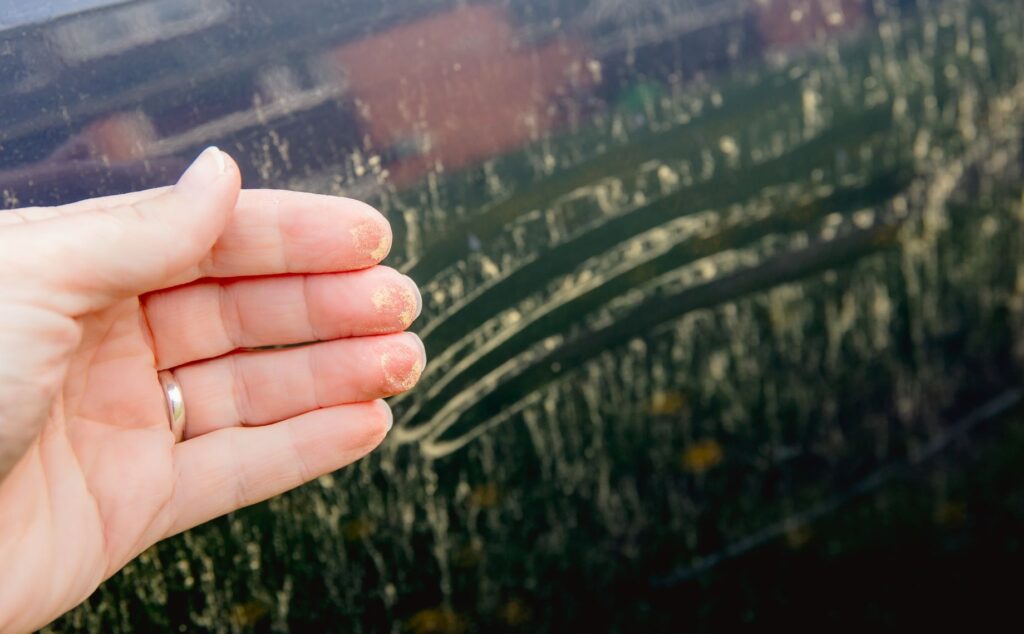
Unfortunately, these extraordinarily fine pollen particles are some of the most difficult for standard air purifiers to catch. Standard air purifiers that are not HEPA-certified can have trouble catching the finest pollen particles, allowing them to escape, recirculate, build up in your HVAC system, and get into your nose and eyes.
How can I keep my home free from pollen?
HEPA-certified air filters are those that have been shown to capture 99.97% of particles at 0.3 microns. This is the industry standard for air purifiers, but it is not the best possible quality.
Using a FilterQueen Defender Air Purifier has been shown to remove 99.99% of particles down to 0.1 microns, removing virtually all pollen particles from the air and leaving your house a permanent safe haven from seasonal allergies. The purifier runs quietly, 24 hours a day, safeguarding you even in the night when seasonal allergies can be at their worst.
Unlike standard vacuum cleaners that allow small pollen particles to escape and recirculate through the house, the FilterQueen Majestic Surface Cleaner uses technology that draws the pollutants and particles into the center of a small cyclone, which is then filtered through special filtration cones. This ensures that the dirty air is actually filtered while you vacuum, ensuring that the nasty pollen particles are removed permanently from your home.
Conclusion: Season Allergies
Seasonal allergies can be absolutely miserable, but they don’t have to be. Using premium air filtering and cleaning products like the FilterQueen Defender Air Purifier and the FilterQueen Majestic Surface Cleaner can transform your home from a pollen trap into a safe haven from seasonal allergies. Breathe easy this spring and summer with FilterQueen.
Sources:
Allergy Facts & Figures | Asthma and Allergy Foundation of America
8 ways to beat your allergies this season | Optum
What triggers seasonal allergies? | NIH Medline Plus
When Do Seasonal Allergies Start? | Medical News Today
The Most Common Ways Pollen Gets Into Your Home |Allergy, Asthma, & Immunology Associates of South Texas
Airborne Pollen | Texas Parks and Wildlife Department


